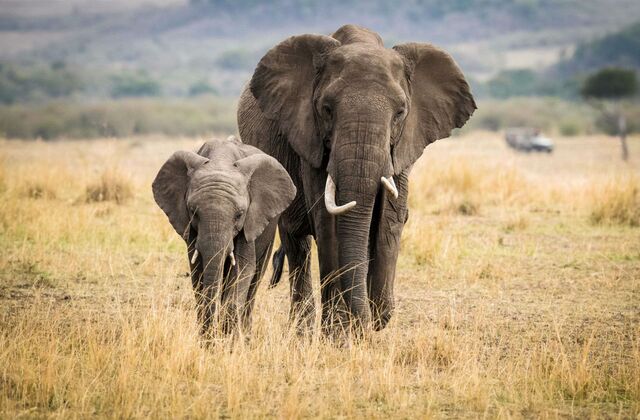Mammals inhabit various ecosystems across the globe. From the dense forests to the vast deserts, from the highest mountains to the deepest oceans, mammals have adapted to a wide range of habitats.
Today we’ll explore the myriad habitats that these species call home, providing insights into their complex lives and the environments they thrive in.
Key Takeaways
- Mammals inhabit a wide range of environments, including forests, grasslands, deserts, mountains, aquatic environments, underground, and the air.
- They have evolved various adaptations to survive in their specific habitats.
Where Do They Live?
Mammals inhabit a vast array of environments, each with unique challenges and opportunities. Their remarkable adaptations allow them to thrive in almost every ecosystem on Earth.
On Land
1. Forests and Woodlands
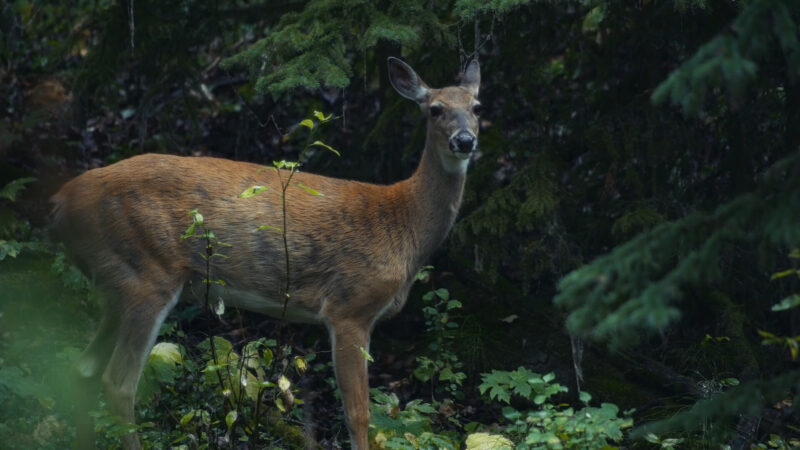
Many mammals, such as the echidna and various species of monkeys, find shelter in the dense vegetation of forests and woodlands. These environments offer abundant food sources and protection from predators.
The complex layers of these habitats, from the forest floor to the canopy, provide various niches that mammals exploit for shelter and food. Seasonal changes in these environments also offer opportunities for mammals to engage in migratory behaviors or hibernation.
2. Grasslands and Plains
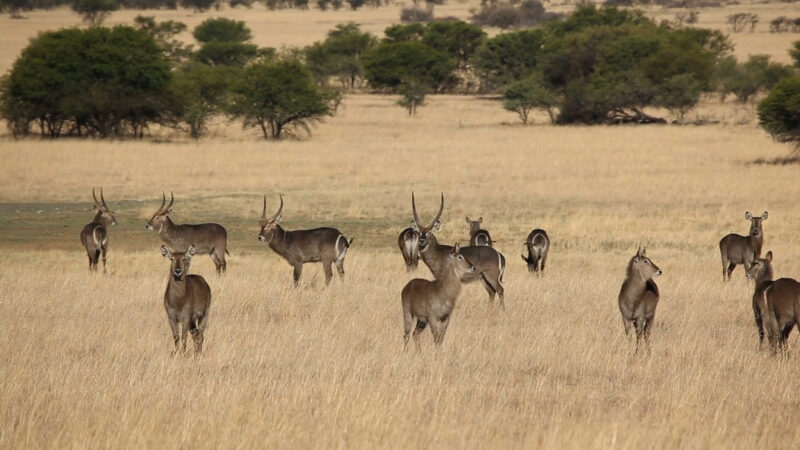
Animals like kangaroos, zebras, and elephants roam the open landscapes of grasslands and plains, where they graze on the vast expanses of grass. These areas support large herds, facilitating complex social structures and migratory patterns.
The wide, open spaces also challenge these mammals to develop keen senses and fast speeds to evade predators.
3. Deserts

Despite the harsh conditions, some mammals, such as camels and kangaroo rats, have adapted to survive in desert environments, conserving water and avoiding the extreme heat. These mammals have evolved behaviors and physiological mechanisms to minimize water loss and efficiently find food in such sparse landscapes.
Nighttime activity patterns help them avoid the daytime heat, conserving energy for foraging during cooler temperatures.
4. Mountains
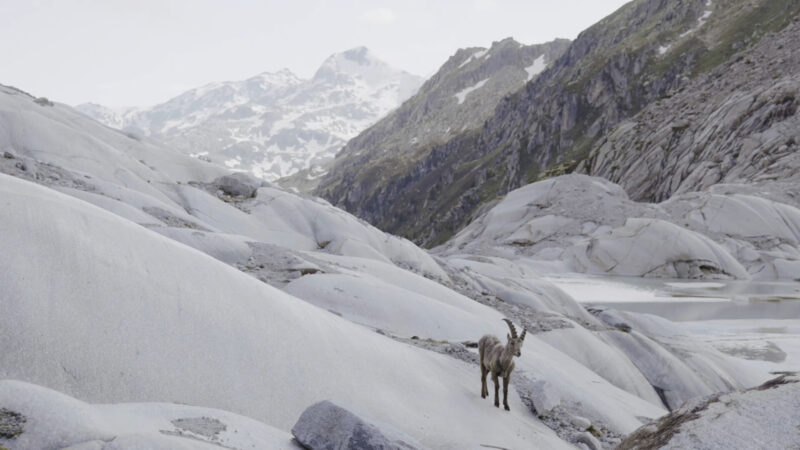
Mountainous regions are home to species like the snow leopard and mountain goats, which have adapted to the cold temperatures and rugged terrain. The thin air at high altitudes requires these mammals to have efficient respiratory systems. Their specialized hooves or paws enable them to navigate steep and rocky terrains with agility.
5. Arctic and Antarctic
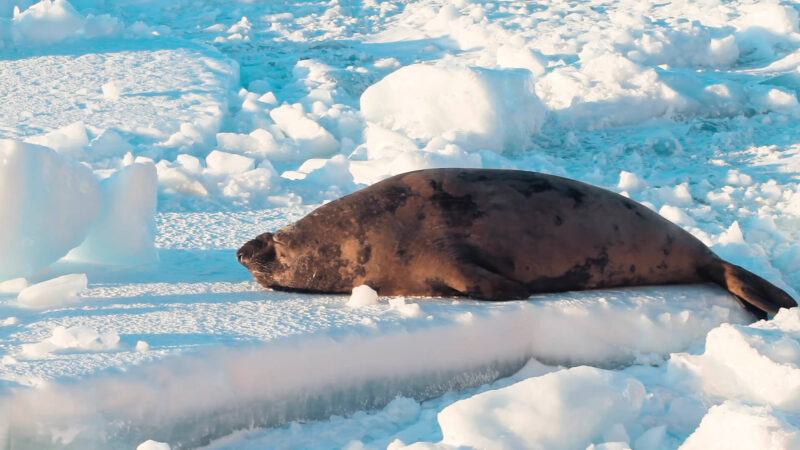
Polar bears in the Arctic and penguins in Antarctica (though not mammals, they share these icy habitats with mammalian species like seals) demonstrate the ability of mammals to live in the coldest environments on Earth.
The mammals in these regions have thick layers of fat and fur for insulation against the cold. They also have adapted hunting techniques to exploit the icy waters rich in marine life.
In Water
1. Oceans

Marine mammals such as whales, dolphins, and seals inhabit the oceans, from the warm tropical waters to the cold polar seas. These mammals have developed adaptations such as streamlined bodies for efficient swimming and blubber for insulation.
Echolocation enables dolphins and some whales to navigate and hunt in the vast and sometimes dark ocean waters.
2. Freshwater

Rivers, lakes, and streams are home to mammals like the platypus and the beaver, which are well-adapted to aquatic life. These environments require adaptations for swimming, diving, and water navigation.
Beavers, for example, are skilled builders, creating dams that alter their environment to suit their needs.
Underground
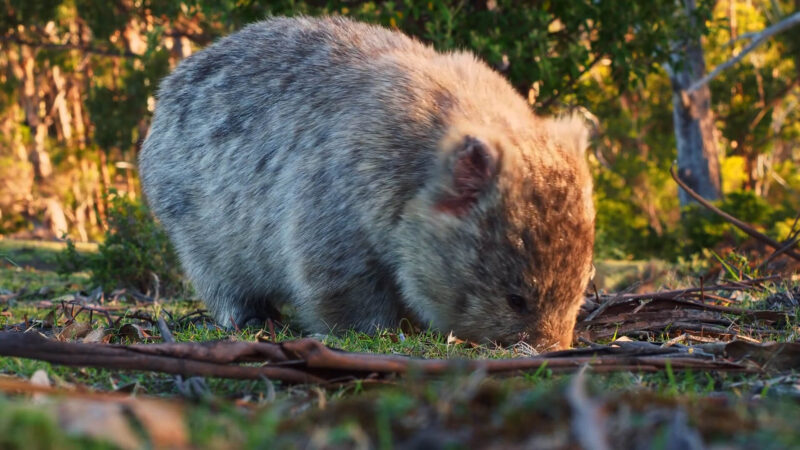
Many mammals, including moles and wombats, live underground, digging extensive networks of tunnels and chambers for shelter and to escape predators. This lifestyle requires strong forelimbs for digging and a heightened sense of touch or hearing, as sight is less useful underground.
Their burrowing activities play a crucial role in soil aeration and nutrient mixing.
In the Air

Bats are the only mammals capable of true flight, inhabiting the night skies and roosting in caves, tree hollows, and even human structures. Their wings are adaptations of the mammalian forelimbs, allowing for maneuverability and speed.
Echolocation assists bats in navigating through the dark and hunting airborne prey.
Adaptations to Habitats
Mammals have developed a wide range of adaptations to survive in their respective habitats. These adaptations include physiological changes, such as the ability to regulate body temperature, and behavioral adaptations, such as migration and hibernation.
Desert mammals, for example, have adapted to conserve water and regulate body temperature in extreme heat, while arctic mammals have developed insulating layers of fat and fur to withstand the cold. These adaptations are the result of millions of years of evolution, fine-tuning each species to its environment.
Human Impact on Mammal Habitats
Human activities, including deforestation, urbanization, and pollution, have significantly impacted mammal habitats. Habitat destruction and fragmentation threaten the survival of many mammal species, leading to a loss of biodiversity.
The introduction of invasive species, overexploitation, and climate change further exacerbate these threats. Conservation efforts are crucial to protect these habitats and ensure the survival of mammal species for future generations.
Protecting these habitats not only conserves mammal populations but also maintains the ecological balance and biodiversity that support human life.
FAQs
How do mammals in the desert find water?
Desert mammals have developed unique strategies to find water, such as obtaining moisture from their food, digging for underground water sources, or traveling long distances at night when temperatures are cooler to find water.
Can mammals from one habitat adapt to another if relocated?
While some mammals may adapt to new habitats if they have similar conditions to their native environment, most mammals are specialized to their specific habitat and may struggle to survive if relocated due to differences in climate, food sources, and predation risks.
Why do some mammals migrate?
They migrate for various reasons, including searching for food, finding suitable breeding grounds, or escaping harsh weather conditions. Migration helps them survive in changing environments.
How do aquatic mammals breathe underwater?
Aquatic mammals, such as whales and dolphins, cannot breathe underwater; they hold their breath while diving. They have adapted to have large lung capacities and efficient oxygen usage to stay underwater for extended periods before surfacing to breathe.
Are there any mammals that can hibernate underwater?
Yes, certain mammals like the North American beaver can slow down their metabolism and remain inactive underwater for extended periods, especially during winter. This state is similar to hibernation and helps them conserve energy.
Summary
Mammals inhabit a diverse array of environments, from the deepest oceans to the highest mountains. Their ability to adapt to various habitats has been a key factor in their evolutionary success.
However, the continued survival of many species depends on our ability to protect their habitats from the growing threats of human activity.


